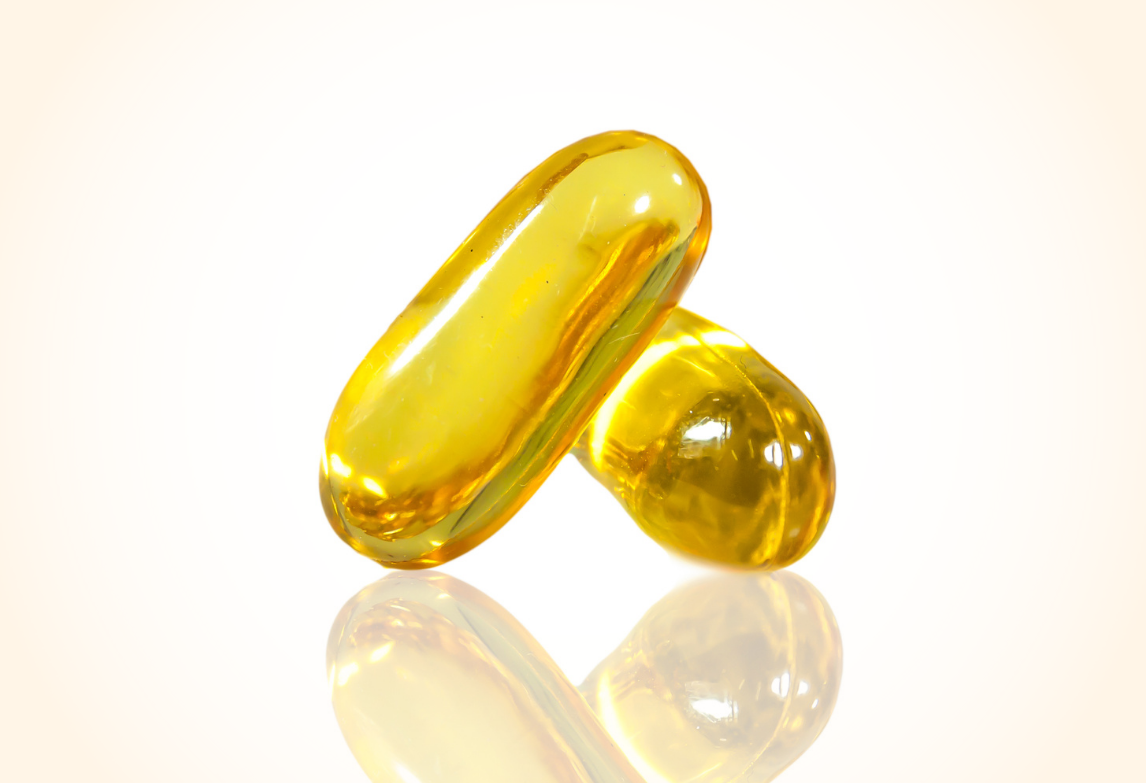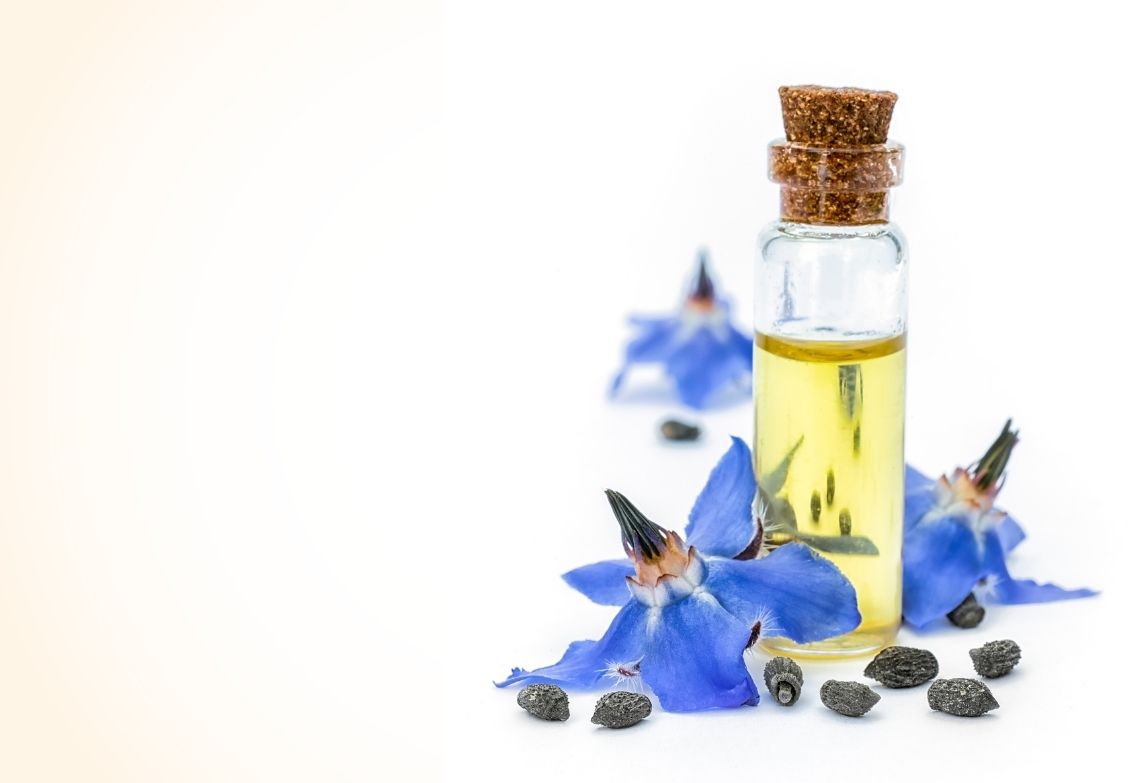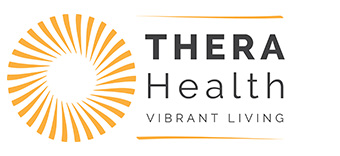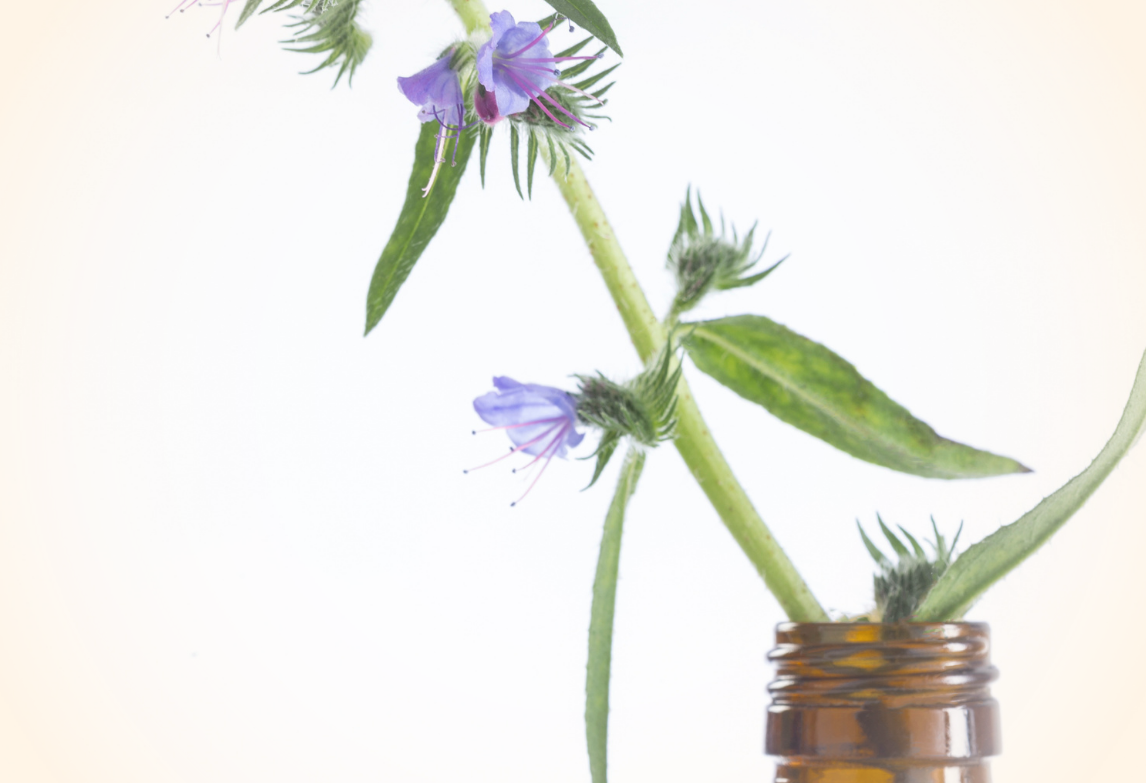- Gamma linolenic acid (GLA) is an omega-6 fatty acid that resolves cellular stress similar to an omega-3 fatty acid
- Supplementation with GLA may support a variety of health conditions and promote the appearance of younger, more hydrated skin
- Combining omega-3s with GLA can help reduce the synthesis of pro-inflammatory arachidonic acid
Today we’re talking about essential fats. And no, we don’t mean chocolate or whatever other beloved comfort food is helping you get through the pandemic—we’re referring to the fats that your body needs to function normally but can’t synthesise on its own. You know, those essential fats.
More specifically, these fats include omega-6 linoleic acid (LA) and omega-3 alpha linolenic acid (ALA).
In general, omega-3 fatty acids promote cellular health, while omega-6 fatty acids typically promote cellular stress.1
However, are you familiar with the exception to this rule?
GLA: The Omega-6 that Identifies as an Omega-3
GLA is the black sheep of the omega-6 family. This is because, despite deriving from omega-6 LA, GLA and most of its metabolites work to resolve cellular stress rather than promote it.3
One way GLA does this is by converting into eicosanoids that help the body mount a healthy response to inflammation. This is in contrast to the pro-inflammatory eicosanoids that are created from the omega-6 AA.”

Another way that GLA supports cellular health is through competitive inhibition. Basically, DGLA competes with AA for access to the enzymes (i.e., cyclooxygenase and lipoxygenase) that create eicosanoids, either inflammation-promoting or -resolving.2,6 This means that the mere presence of DGLA in tissues can help lower the output of AA’s eicosanoids by inhibiting their production and/or blocking their transformation.4–6 Ultimately, this translates to fewer pro-inflammatory eicosanoids and less cellular stress.
GLA and EPA: Better Together

Not to rain on the GLA parade, but there is a slight drawback to supplementation. If you refer to the figure, you see that its product, DGLA, can form AA (inflammatory). However, an effective way to reduce the amount of AA synthesised from DGLA is to combine GLA with the omega-3 EPA.
For example, in a study where participants received either GLA (3 g/day) or a combination of GLA (3g/d) + EPA (3g/d), individuals who took GLA alone experienced marked increases in DGLA and AA blood levels, while the individuals who received GLA + EPA did not experience increased AA levels.10 This was interpreted as evidence that EPA can block the enzyme that creates AA, and help individuals consuming GLA avoid increases in AA blood levels.7
In addition to inhibiting the conversion of DGLA to AA, EPA is also believed to enhance the conversion of GLA to DGLA.8–10
To clarify, this doesn’t mean you can’t take GLA without EPA; however, combining it with EPA appears to enhance the positive effects (GLA conversion to DGLA) while reducing the occurrence of negative effects (the conversion of DGLA to pro-inflammatory AA).
GLA Research Benefits for Skin
But that’s not all. What GLA does at the cellular level appears to have positive effects for the whole body. In particular, studies suggest that GLA supports whole-body wellness and skin health by ameliorating cellular stress in the joints, improving the texture and appearance of skin, and reducing transepidermal water loss (TEWL).
For those of you unfamiliar with TEWL, it is a widely used measure of skin barrier function that quantifies the amount of water that evaporates from the skin surface.
- Lower TEWL values – greater skin barrier function (because less water is evaporating from the skin)
- Higher TEWL values – unwanted skin conditions, including more pronounced fine lines and wrinkles.11,12
Fortunately, several randomised, double-blinded, placebo-controlled trial studies suggest that GLA can help decrease TEWL values and support skin health.2,3
Clinical Findings – GLA improves skin barrier

- Healthy subjects who took 475 mg of GLA for 12 weeks saw significant decreases in TEWL and the appearance of dry skin, along with significant increases in elasticity, and firmness 12
- Healthy subjects who took 475 mg of GLA daily for 12 weeks experienced significant decreases in skin scaling, TEWL, skin redness, and the appearance of dry skin 13
- Older individuals who took either 360 mg or 720 mg of GLA a day for two months saw significant decreases in TEWL and the appearance of dry skin. No significant differences between individuals taking the smaller or larger dose of GLA 14
- Healthy subjects with dry skin who took 400 mg of GLA every day for 16 weeks experienced a significant decrease in TEWL 15
- Individuals who took either 2000 mg of EPA+DHA or 2000 mg of borage oil (containing 400 mg of GLA) daily for 10 weeks experienced significant decreases in breakouts and acne-related lesions 16
Dietary GLA: Where to find it
While the only real way to determine your GLA status is through fatty acid panel testing, research tells us that specific individual factors can make an individual more susceptible to low GLA-status.
These factors include age, diet, genetic variations, cigarette smoking, alcohol consumption, and stress.17–18 If any of these factors apply to you (of if you just want to give your cells a little extra love) you may want to consider upping your GLA game with a dietary supplement.
GLA can be found in relatively high abundance in the plant seed oils of borage, black currant, and evening primrose. Out of these primary sources, borage oil contains the highest amount of naturally occurring GLA, and is often used for dietary supplementation.2,3
GLA: Recommended Dosing
There are no established guidelines or recommendations for GLA usage; however, doses as small as 200 mg/day to as large as 3 g/day have shown to be safe, effective, and well tolerated.12,19 As with any dietary supplement, you should speak with your doctor or nutritionist about what dose of GLA would best fit your individual health needs before starting a GLA regimen.
Find out more about supplementing GLA here.
Gina Jaeger, PhD is a Developmental Specialist and Lead Research Writer for Nordic Naturals. She holds a doctorate in Human Development, and has published several research articles on children’s cognitive development. Gina enjoys studying and educating others on strategies for optimising health and wellness throughout the lifespan.
Glossary & References
Glossary
- Arachidonic acid cascade: More than twenty different signalling paths that derive from arachidonic acid, and influence the central nervous system, cellular growth, and the body’s response to inflammation.
- Competitive inhibition: Interruption of a chemical pathway owing to one chemical substance inhibiting the effect of another by competing with it for binding or bonding.
- Eicosanoids: Signaling molecules that derive from essential fatty acids, and are involved in modulating the intensity and duration of immune and inflammatory responses.
- Omega-6 to omega-3 ratio: Ratio of total omega-6s to total omega-3s.
- Phospholipids: A major component of all cell membranes; type of lipid molecule made up of two fatty acids, a phosphate, and a glycerol molecule.
- Polyunsaturated fatty acids (PUFAs): Fatty acids that contain more than one double bond in their backbone.
- Transepidermal water loss: When water passes from the dermis through the epidermis and evaporates from the skin’s surface; TEWL measurements are important for evaluating skin barrier functionality.
References
- Simopoulos AP. Biomed Pharmacother. 2002. 56(8): p. 365–79.
- Linus Pauling Institute. Essential Fatty Acids. Oregon State University.
- Fan Y-Y, Chapkin RS. J Nutr. 1998. 128(9): p. 1411-1414.
- Belch JJ, Hill A. Am J Clin Nutr. 2000. 71 (1 Suppl): 352S–6S.
- Guivernau M, et al. Prostaglandins Leukot Essent Fatty Acids. 1994. 51 (5): p. 311–6.Belch JJ, Hill A. Am J Clin Nutr. 2000. 71 (1 Suppl): 352S–6S.
- Palombo JD, et al. JPEN J Parenter Enteral Nutr. 1997. 21(3): p. 123-32.
- Barham JB, et al. J Nutr. 2000. 130(8): p. 1925-31.
- Viau S, et al. Graefes Arch Clin Exp Ophthalmol. 2009. 247(8): p. 1039-50.
- Arm J, et al. Lipids Health Dis. 2013. 12: p. 141.
- Lee TC, et al. Lipids Health Dis. 2014. 13: p. 196.
- Akdeniz M, et al. Br J Dermatol. 2018. 79(5): p. 1049-1055.
- Muggli, R. Int J Cosmet Sci. 2005. 27(4): p. 243-9.
- De Spirt S, et al. Br J Nutr. 2009. 101(3): p. 440-5.
- Brosche T, Platt D. Arch Gerontol Geriatr. 2000. 30(2): p. 139-50.
- Kawamura A, et al. J Oleo Sci, 2011. 60(12): p. 597-607.
- Jung JY, et al. Acta Derm Venereol. 2014. 94(5): p. 521-5.
- Bolton-Smith C, et al. Eur J Clin Nutr. 1997. 51: p. 619–624.
- Mills DE, et al. Proc Soc Exp Biol Med. 1994. 205(1): p. 56-61.
- Raz R, et al. J Child Adol Psychopharmacol. 2009.19(2): p. 167-77.







Leave a Reply
Want to join the discussion?Feel free to contribute!